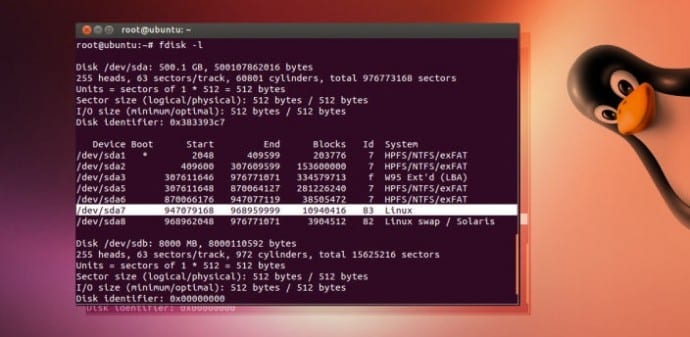We understand that majority of our readers are tech enthusiasts who love pressing keys in a rhythm.
The list follows:
1.
APT
APT stands for Advanced Packing Tool.

It is a utility provided in almost every popular Linux distribution nowadays.
APT has vast range of commands for managing software packages.
Ill only discuss few of them here.

This command runs along with thesudocommand.
sudo is a utility provided for users to carry out commands which require root privilege.
Sudo stands for SUperuser DO.
Apt-get has been replaced by the simpler apt in Ubuntu 16.04, although both work.
apt-files
This command is used to find the package to which a specific file belongs.
LS
lscommand is used to list the files in the current directory.
This utility is available in Unix and all Unix like operating systems.
When the command is invoked without any argument, it displays the files in current directory.
The various arguments that can be used are listed:
3.
MAN
man utility provides an online manual for command it is used with.
The manual lists A to Z information about that command.
An example in which man command is used to get the manual for man command itself.
CAT
Thecatcommand reads data from files and outputs its content in the terminal.
Using cat is the simplest way to display file contents at the command line.
Optional arguments include:
Read More
source: www.techworm.net